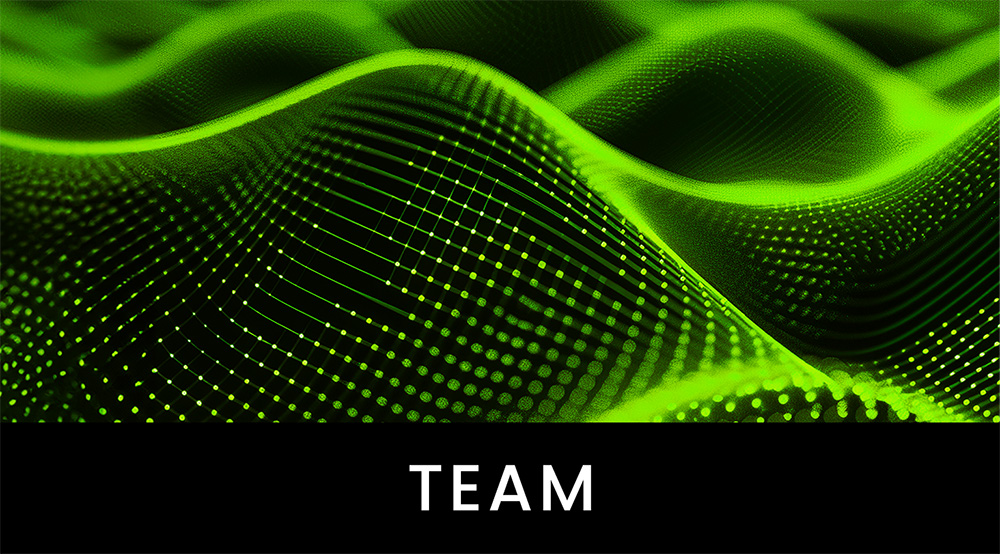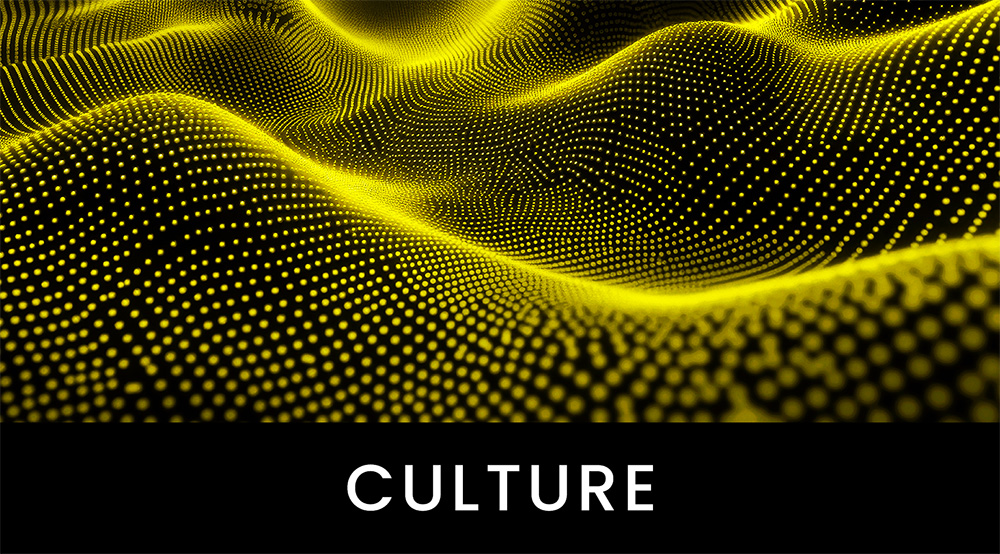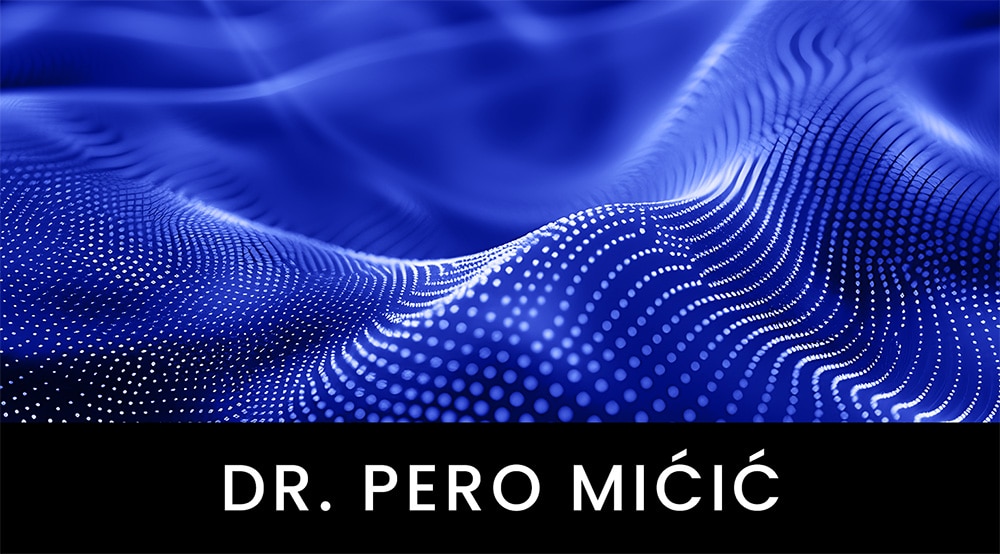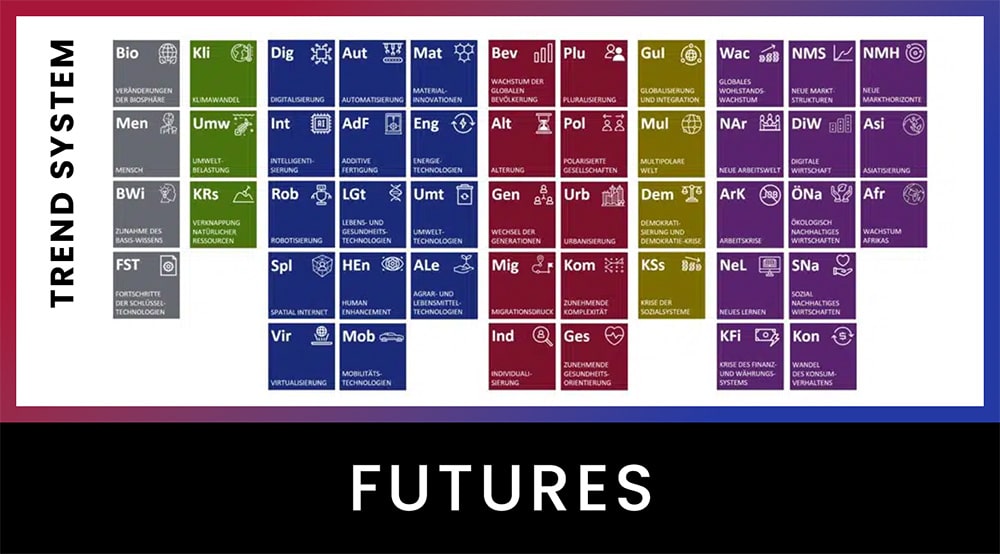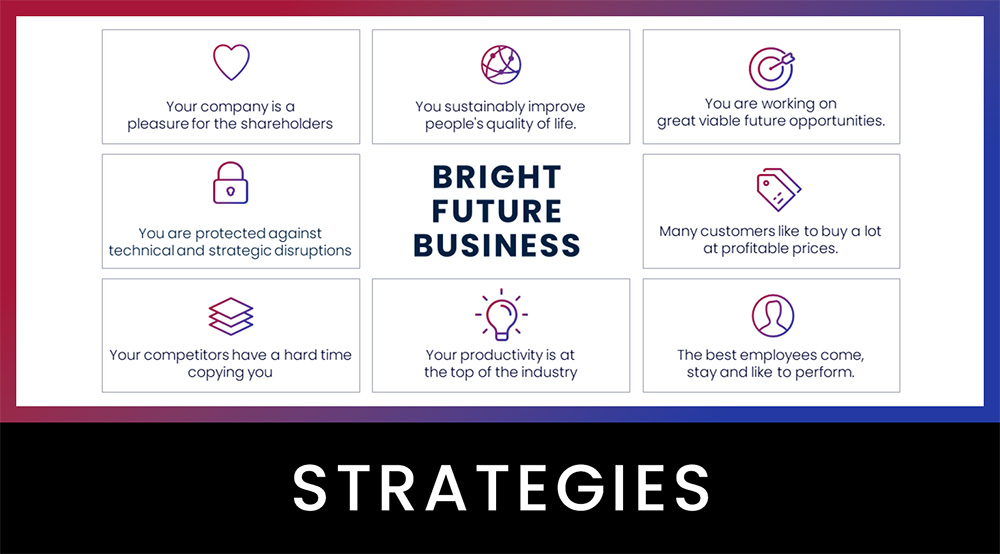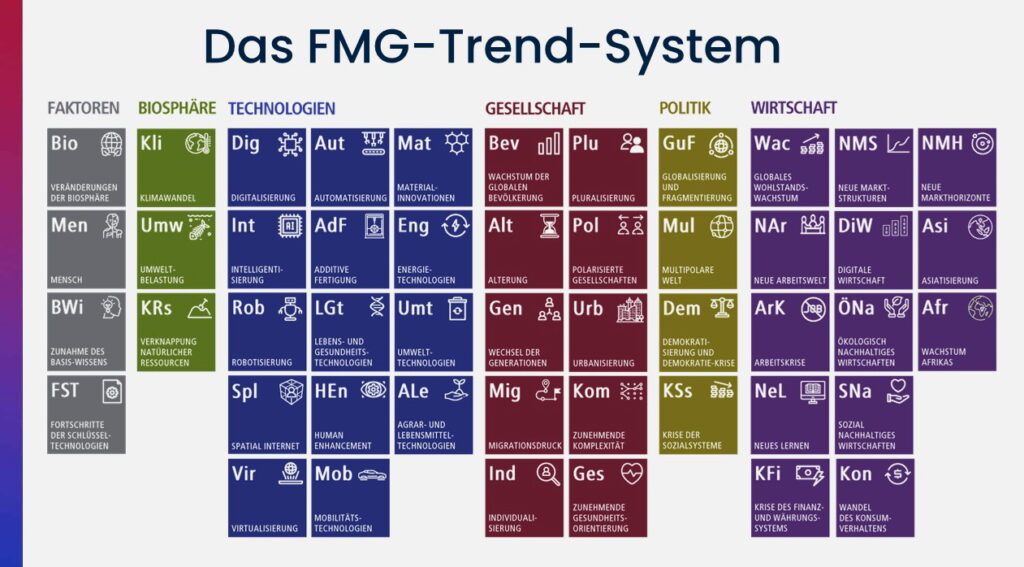Megatrend life and health technologies
From the FMG Trend System: For your future-proof company
Life and health technologies as drivers of change
New technologies in medicine, biology and neuroscience are radically changing our understanding of health. Diseases are being detected earlier, treated more individually and increasingly even prevented. Technological innovations are not only prolonging life, but also improving its quality – and challenging traditional care models.
The megatrend of life and health technologies not only affects the healthcare sector, but also insurance companies, employers, medtech providers, food manufacturers and digital service providers. The competition for healthy, productive people is becoming an economic factor. To the overview of all megatrends
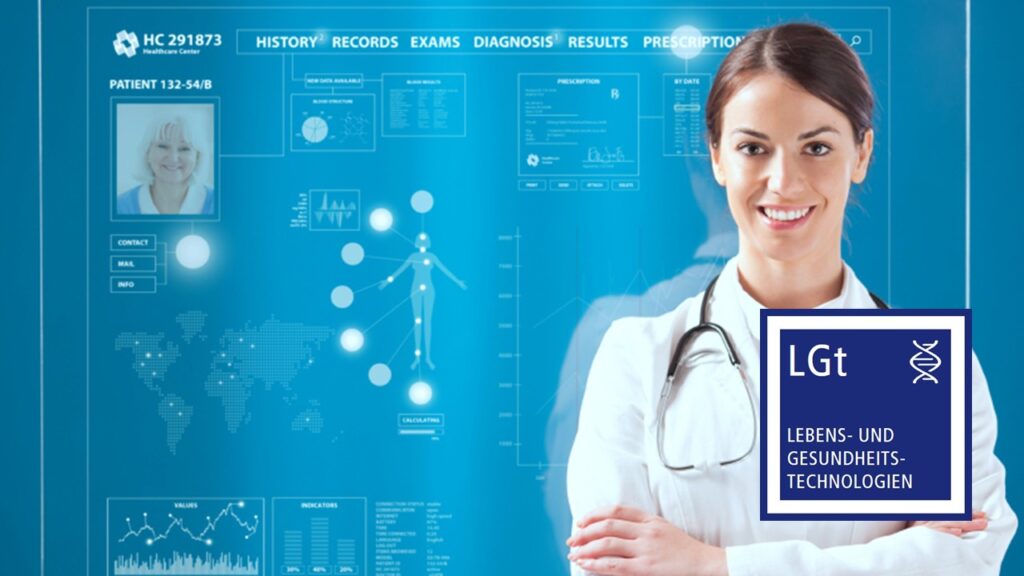
What do life and health technologies mean for companies?
Health is becoming a competitive economic factor. Companies that offer employees access to prevention, digital diagnostics or telemedicine not only improve their well-being, but also their motivation and productivity. At the same time, new business areas are emerging – for personalized medicine, biotechnological developments, wearables and smart services.
For SMEs in particular, integrating new technologies at an early stage can not only increase efficiency, but also make them more attractive to talent, customers and investors.
- Alongside human motives, life and health technologies and other technologies are the most transformative trends. We use our tools to shape the world, mostly to our advantage.
- The megatrend of life and health technologies is just one of many that could be relevant for the future of your business.
- In addition to megatrends from the biosphere, society, politics and the economy, FMG’s trend system also includes the drivers that trigger trends such as life and health technologies, the future factors. To the overview of all megatrends
Four key developments in life and health technologies
1. ergonomization – technology meets humanity
With increasing mechanization, the need for intuitive, body-friendly and cognitively understandable design is growing. Ergonomization affects not only products and interfaces, but also workplaces and processes.
Simple design approaches ensure that even complex technologies become easier to use.
Age-appropriate assistance systems make it easier for older people to use digital applications.
Human-machine interfaces combine technical control with natural operating logic.
Workplace ergonomics increases well-being and performance through adaptive environments.
Cognitive science findings are increasingly being incorporated into product development and software design.
2. medical innovations – the smart revolution in healthcare
Medical technologies are becoming more precise, more digital and more individualized. They enable more efficient diagnostics, lower-risk interventions and personalized therapies – often supported by AI.
Imaging techniques provide high-resolution insights into the body and enable earlier diagnoses.
Biocompatible implants improve the compatibility of prostheses, catheters and vascular systems.
E-health systems are digitizing care and patient communication – even in rural areas.
3D printing in medicine enables patient-specific implants and surgical simulations.
Genetic engineering-based active substances enable personalized therapies with reduced side effects.
Nanomedicine is revolutionizing therapy, for example through precise drug delivery on a cellular scale.
Regenerative medicine uses stem cells and tissue technologies to cure chronic diseases.
Personalized medicine adapts diagnosis and therapy precisely to the individual genotype.
Reproductive medicine expands the options for unfulfilled desire to have children and for hereditary diseases.
3. neuroscience – understanding what people think and feel
The human brain is increasingly becoming the focus of technological innovation. Neuroscience is providing insights for new forms of diagnosis, control and interaction.
Mind reading technologies analyze brain activity and can reconstruct simple thought content.
Neurochips make it possible to stimulate electrical signals in the brain in a targeted manner – e.g. for hearing or visual prostheses.
Brain-computer interfaces connect nervous systems directly with machines – for example to control prostheses.
Neurobionics uses interfaces between nerves and technology to restore lost functions.
Imaging neurodiagnostics enables the real-time observation of mental states – e.g. in cases of depression or stress.
4. synthetic biology – reprogramming living systems
Synthetic biology combines biotechnology, genetic engineering and computer science for the targeted development of biological systems with new properties. The aim is a better understanding and targeted use of the principles of life.
Artificially constructed DNA sequences enable customized organisms for drug development.
Biological production systems produce proteins, enzymes or hormones more efficiently than conventional processes.
Integration of IT in cell structures enables the development of “intelligent” microorganisms.
Biosensors detect pathogenic changes in real time – e.g. in the case of infections or environmental toxins.
Biosafety is increasingly becoming a driver of innovation due to regulations and ethical standards.
Conclusion: Using life and health technologies strategically
Life and health technologies are no longer a purely medical issue – but a strategic innovation factor.
Companies that adapt technologies from this area at an early stage improve their resilience, productivity and ability to innovate.
New markets are emerging – e.g. for personalized services, digital diagnostics or health-promoting workplaces.
- With the Future Radar Program, you can identify which healthcare technologies are relevant for your industry – and how you can use them in a future-oriented way.


